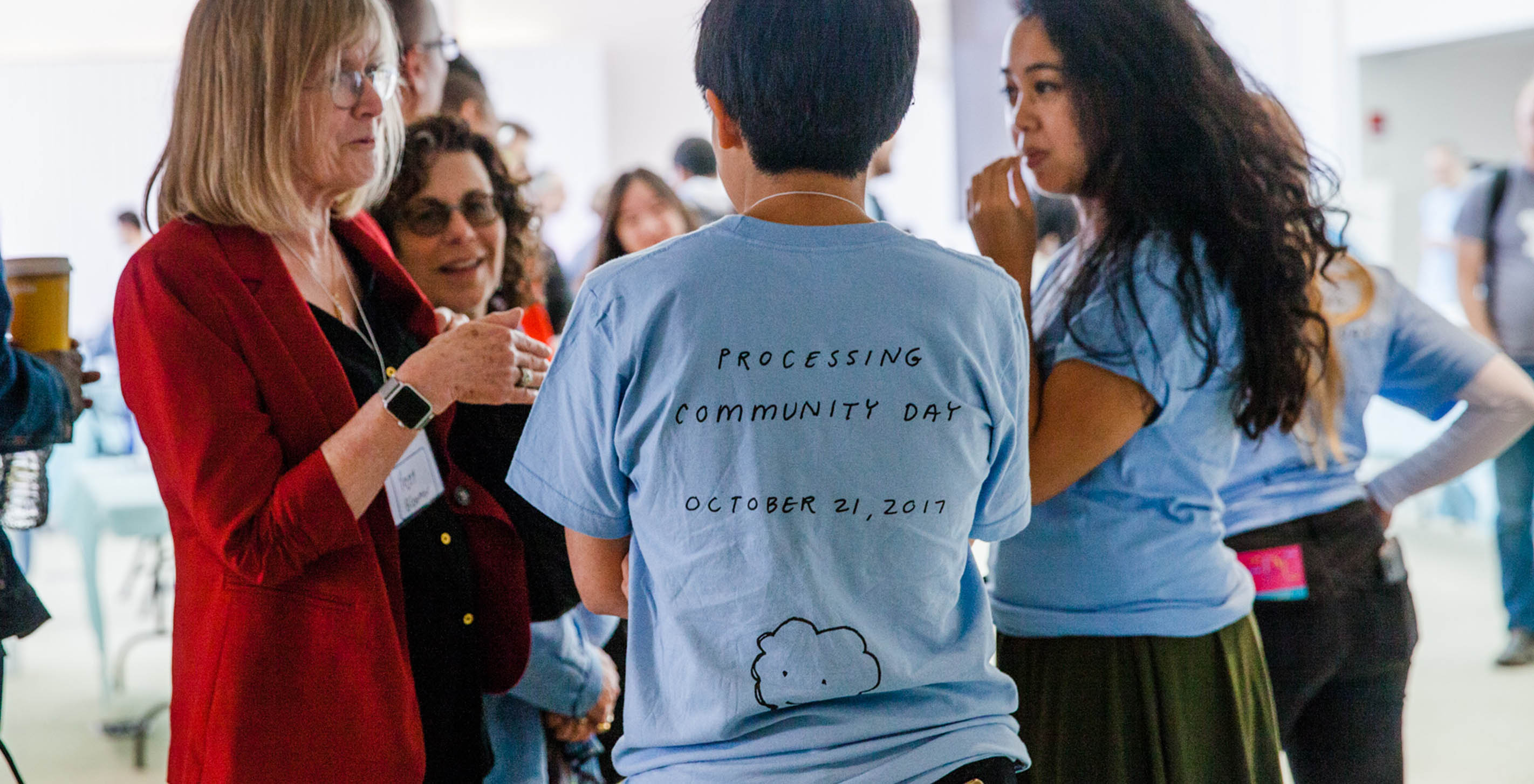


After having a wonderful time volunteering at Scratch Day last year, Olivia suggested we should plan a similar event to celebrate the Processing community. Processing users have grown rapidly since its beginning in 2001, but there has never been an officially organized in person event. It was fitting then for the theme of the first inaugural Processing Community Day to be “convening for the first time.”
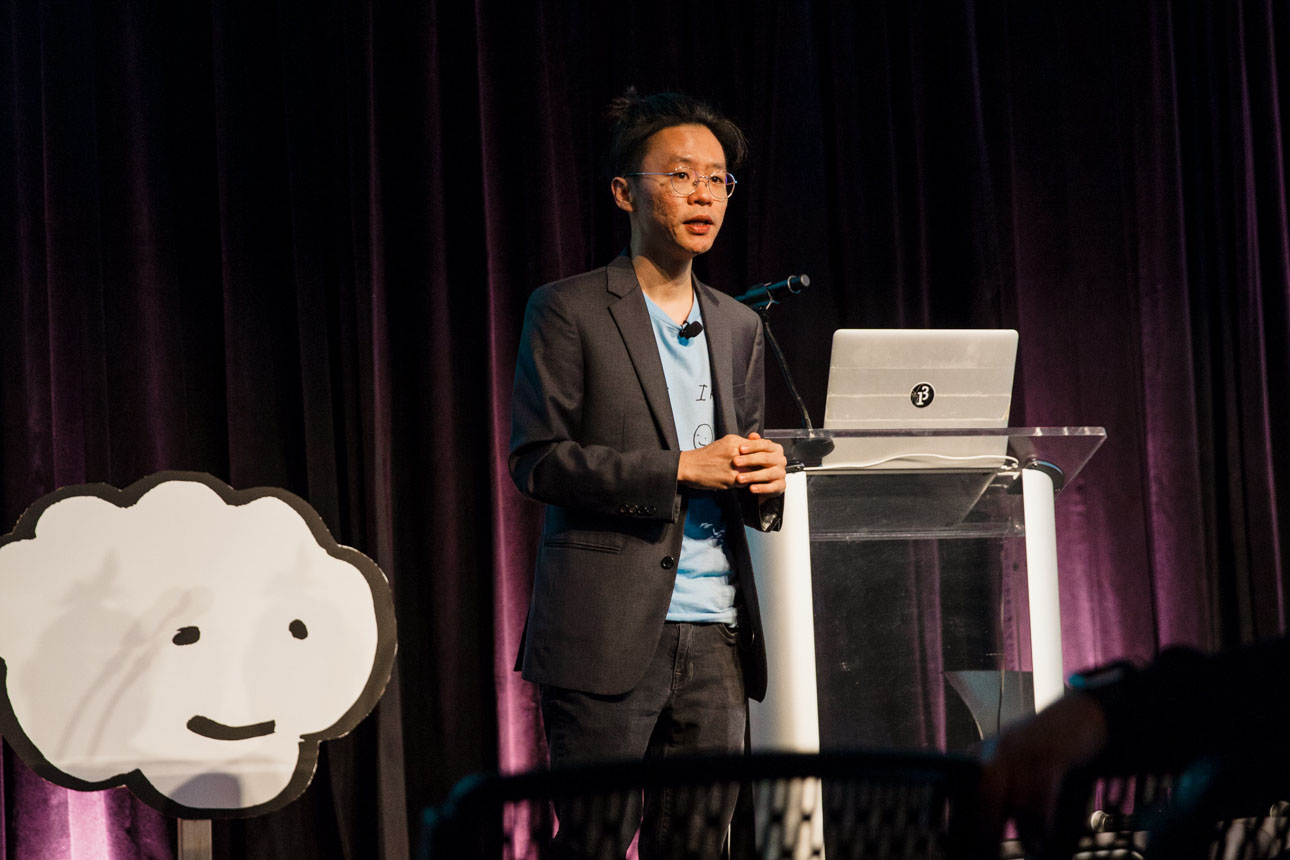
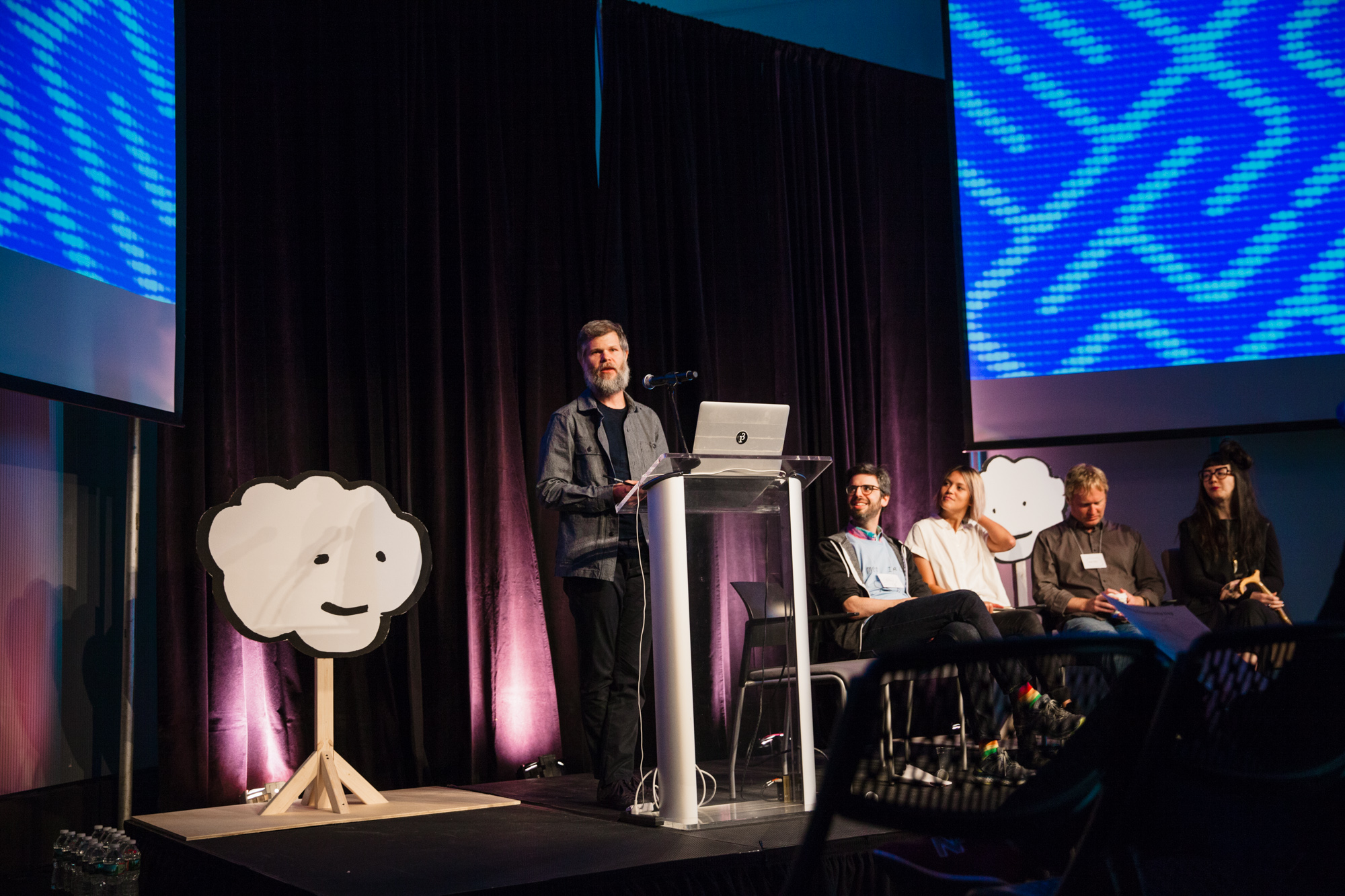
Organized by Taeyoon Choi, co-founder of the School for Poetic Computation in New York, over two hundred attendees met at the MIT Media Lab on October 21st to hear talks, demo projects, and participate in workshops by the Processing Foundation and Fellows, students, teachers, artists, and members of the Processing community. It was exciting to see people meet who shared an affection for Processing, and learn about the different ways it has been a part of their work – from engineering to art, from music to teaching.
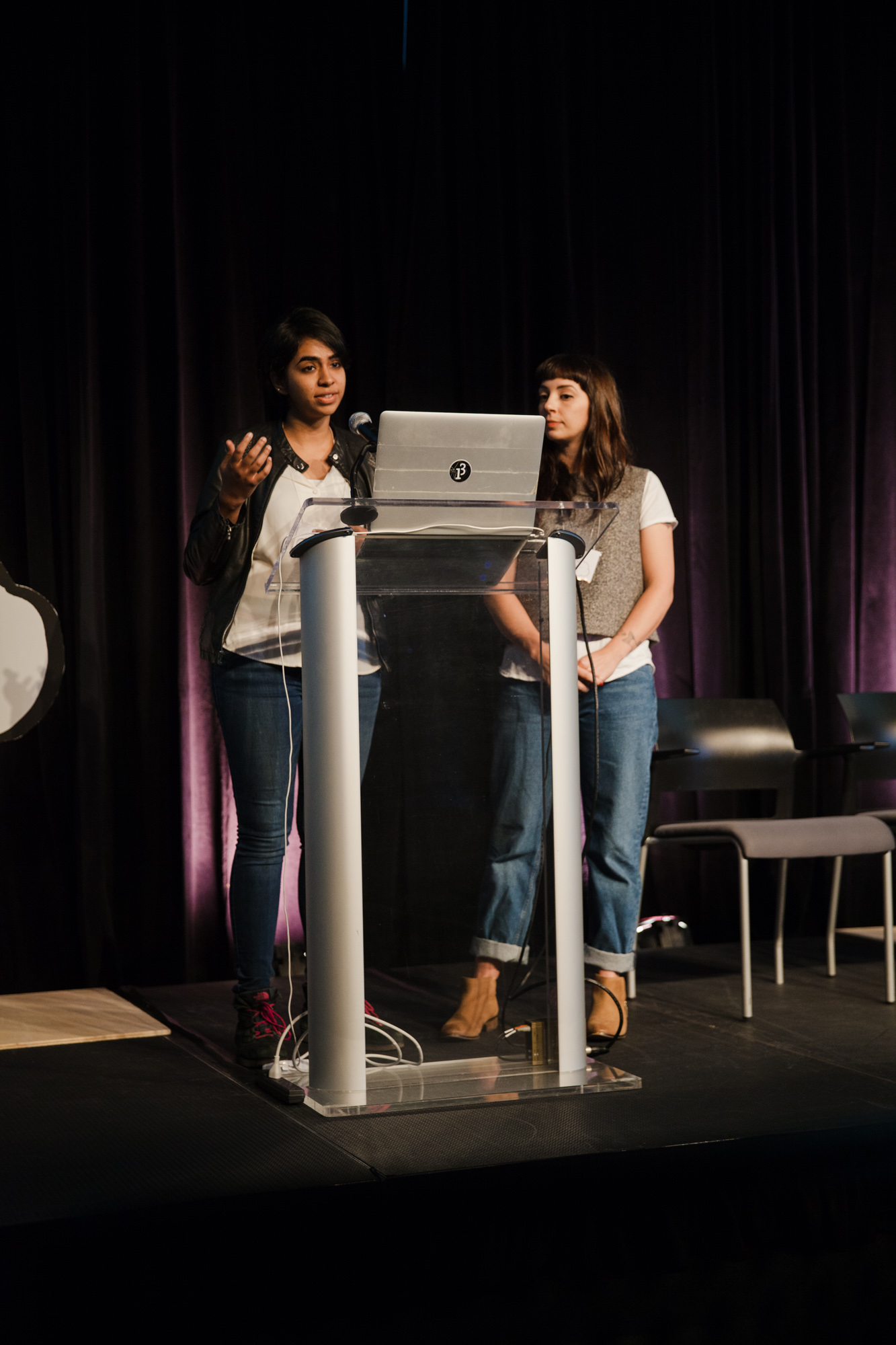
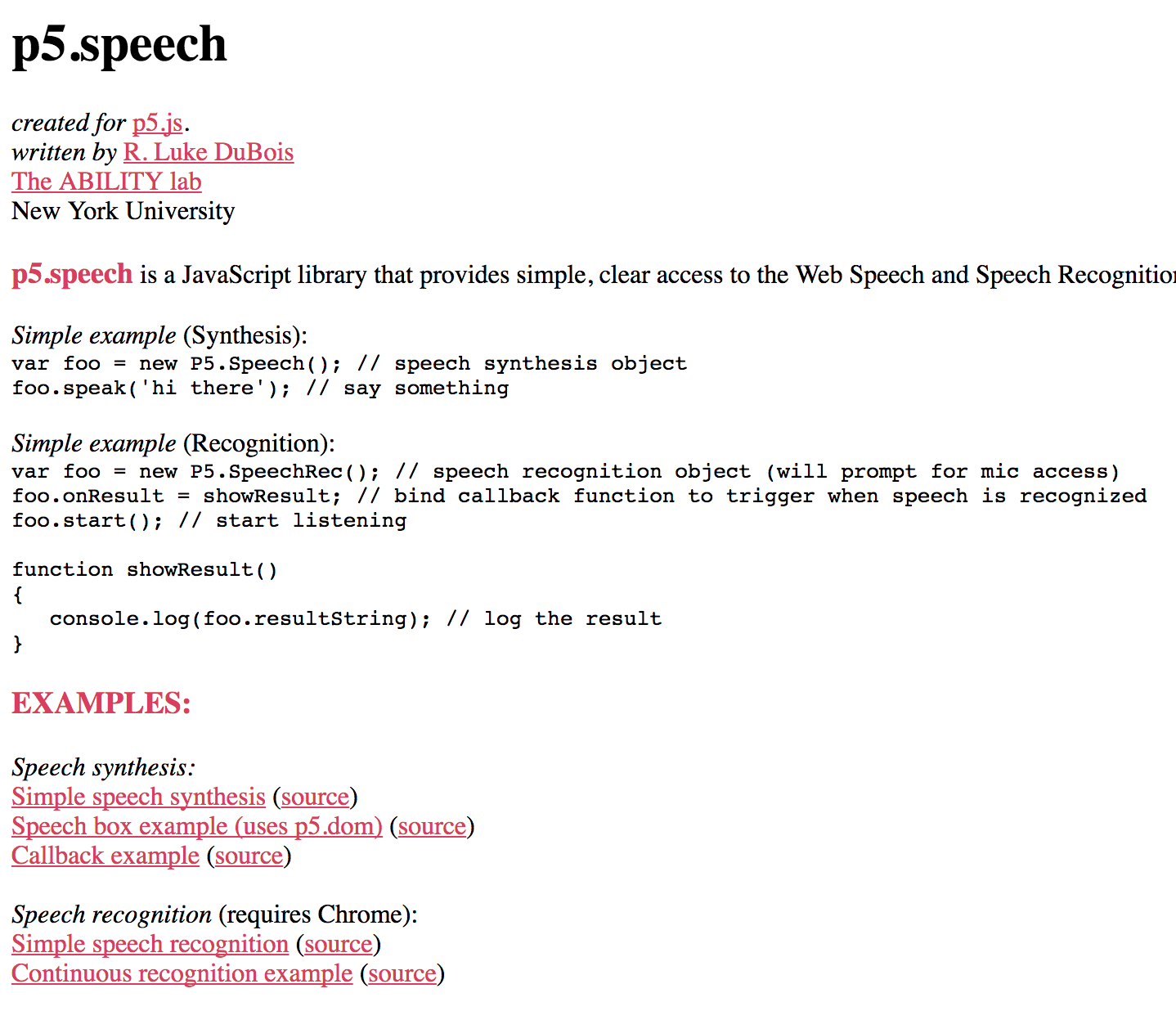
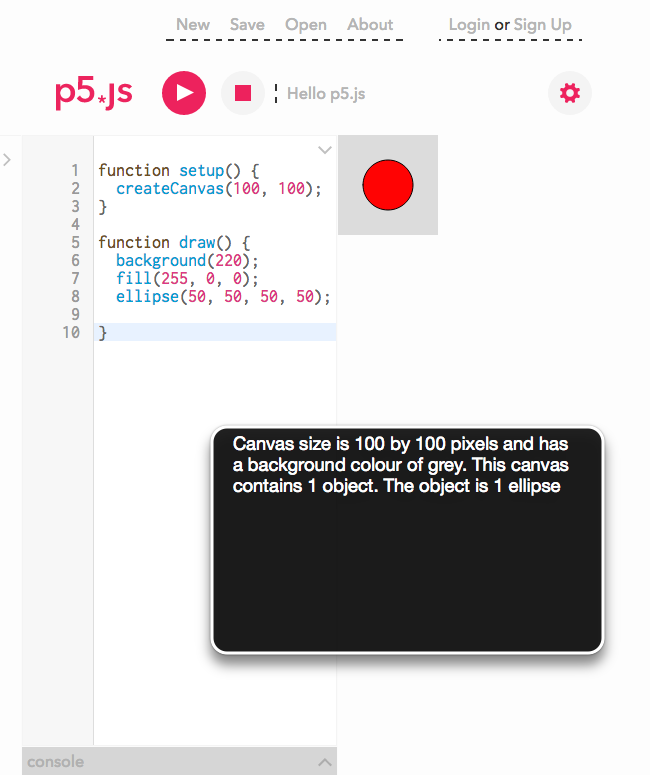
One of our favorite talks was by Claire Kearney-Volpe and Mathura Govindarajan from NYU Ability Project. They spoke about their work using p5.js to create code "readers" and other programming tools for people who are visually impaired. Although p5/Processing is primarily a coding language for visuals, this work shows how it can be used in non-traditional applications as well. Because our work at Fathom focuses on accessibility through the means of visual presentation, it was a good reminder of how we might think about understanding data and information accessibility in other forms, and what those tools might look like.
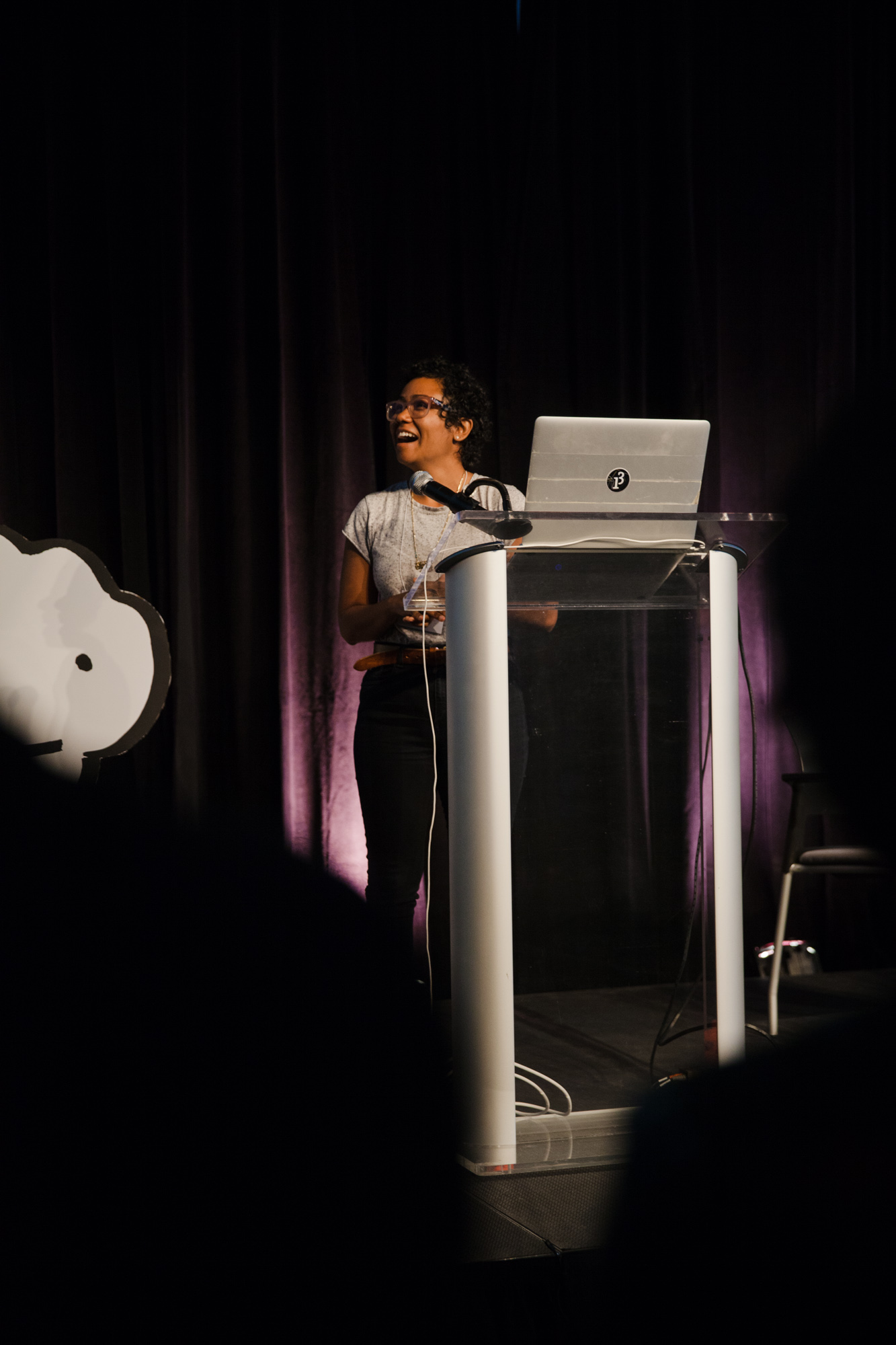
Another one of our favorites was by Sharon De La Cruz, artist and educator at Princeton University. She spoke on taking ownership of feeling vulnerable in her work and art practice, in other words being comfortable being uncomfortable.
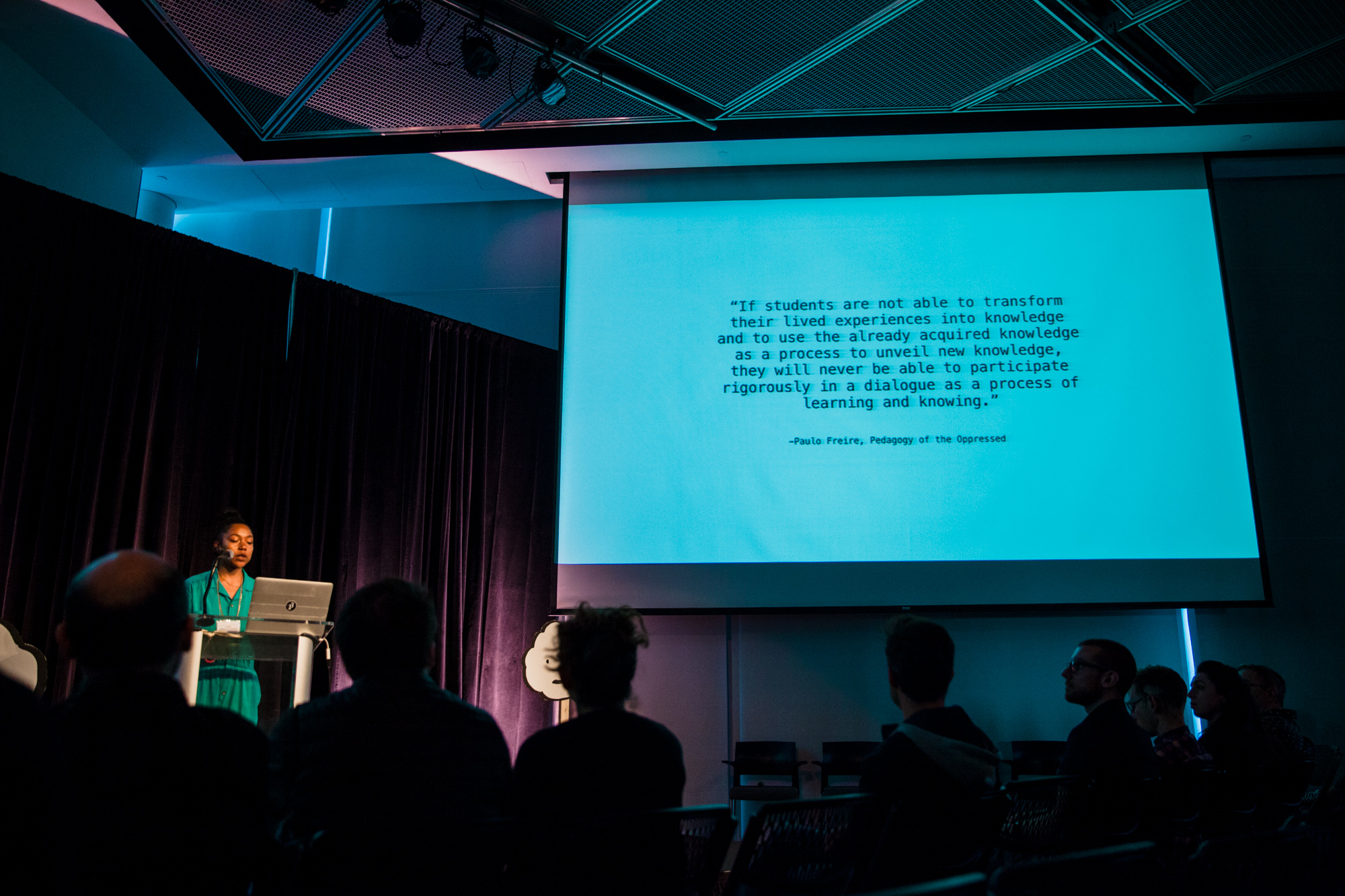
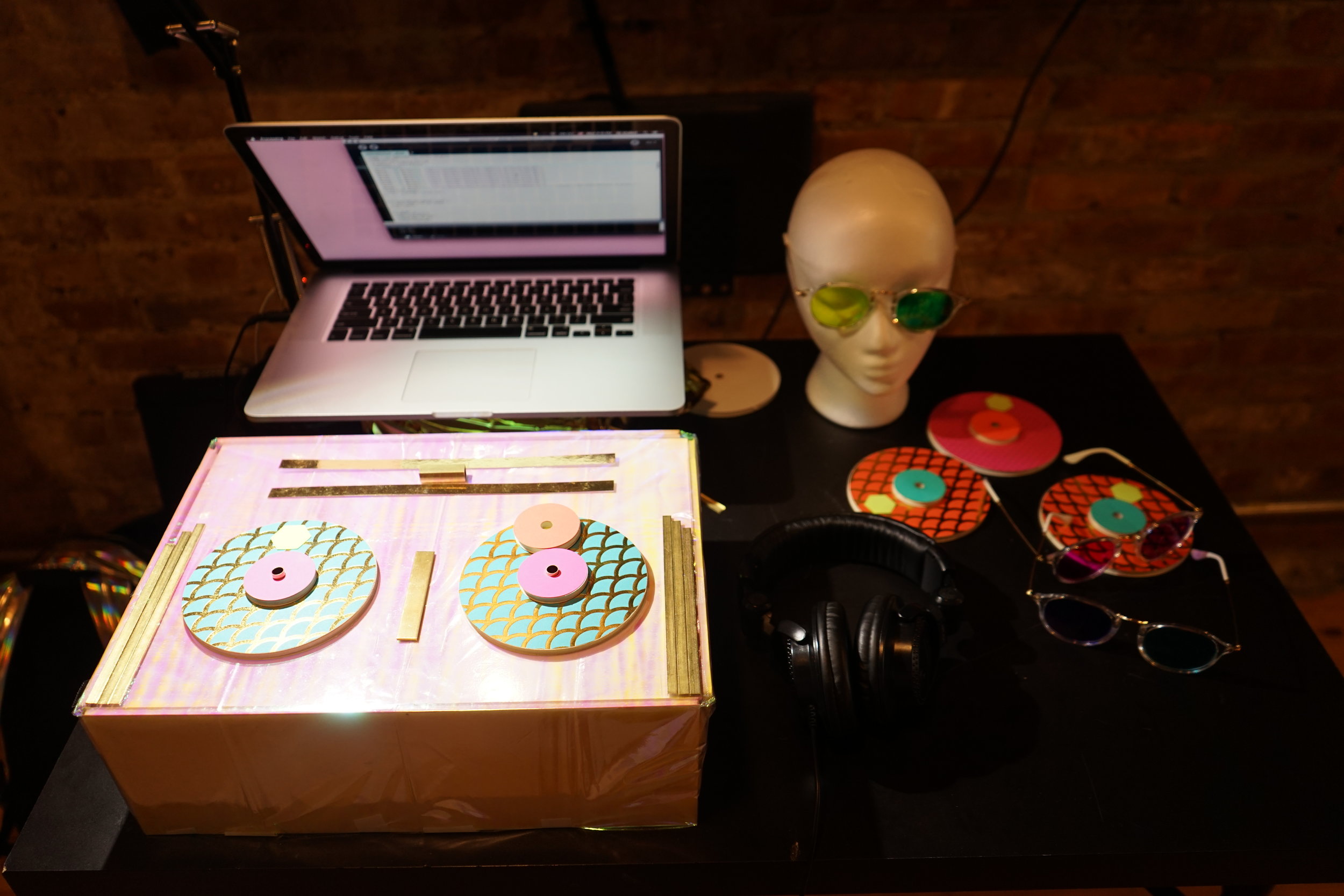

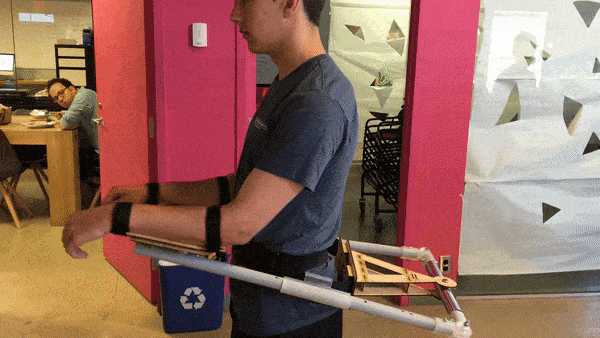
There were also tons of great cross-disciplinary speakers during the community lightning talks. Ari Melenciano is a multi-disciplinary artist who spoke about the importance of representation, and how she combines creative coding, music, and building her own musical instruments. Rosa Weinberg showed projects from her work at Nuvu studio and how she pushes students to think outside the traditional forms of engineering. Since we can't highlight everyone, you should check out the post here to learn more about all the community speakers we had.
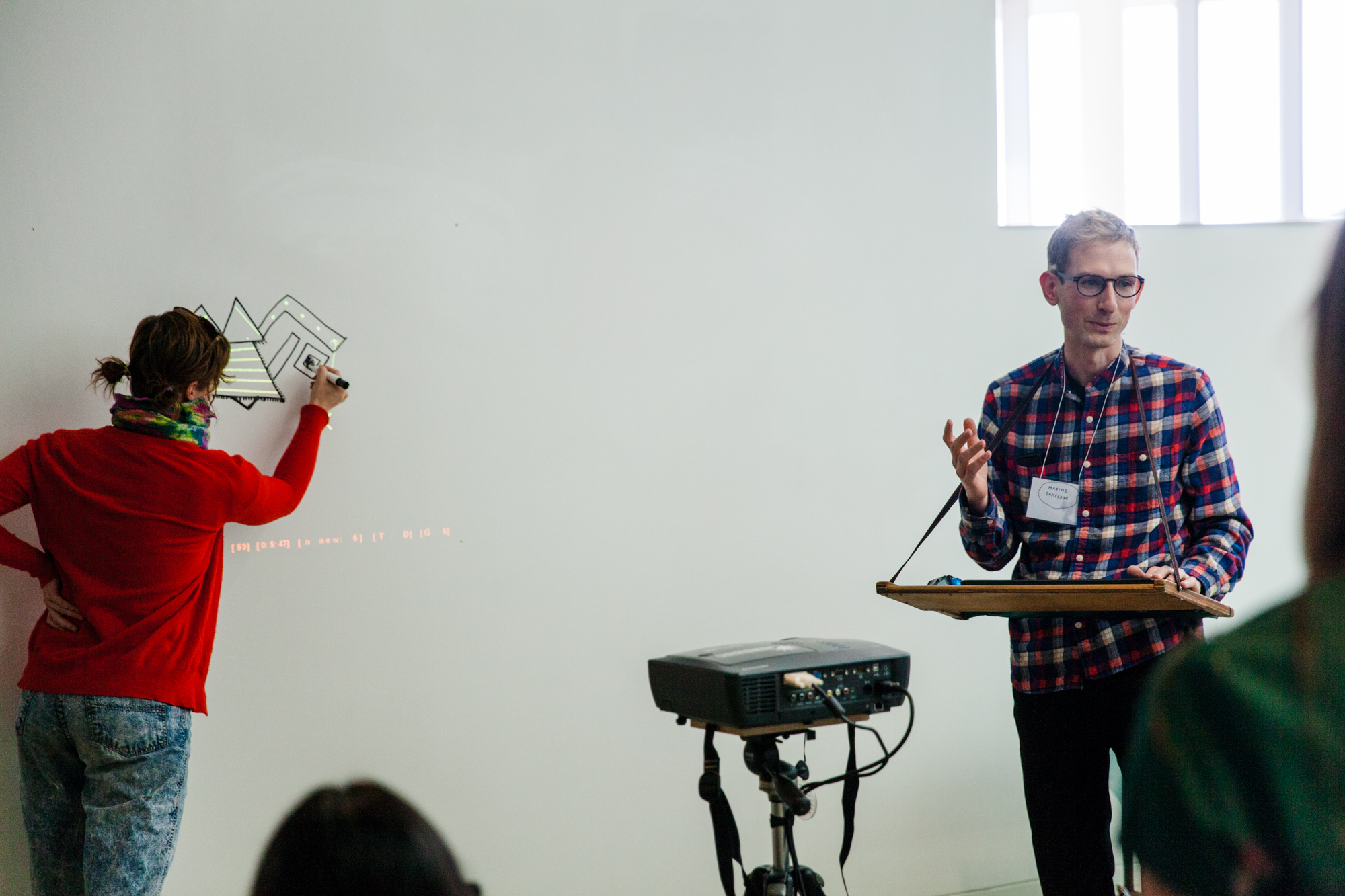
Another highlight was seeing demos of work in person that we had only seen online. Freeliner, a program made in Processing by Montreal-based artist Maxime Damecour, traces drawn lines and shapes with light projections in real-time, creating an interactive light installation on any blank surface with a marker and projector.
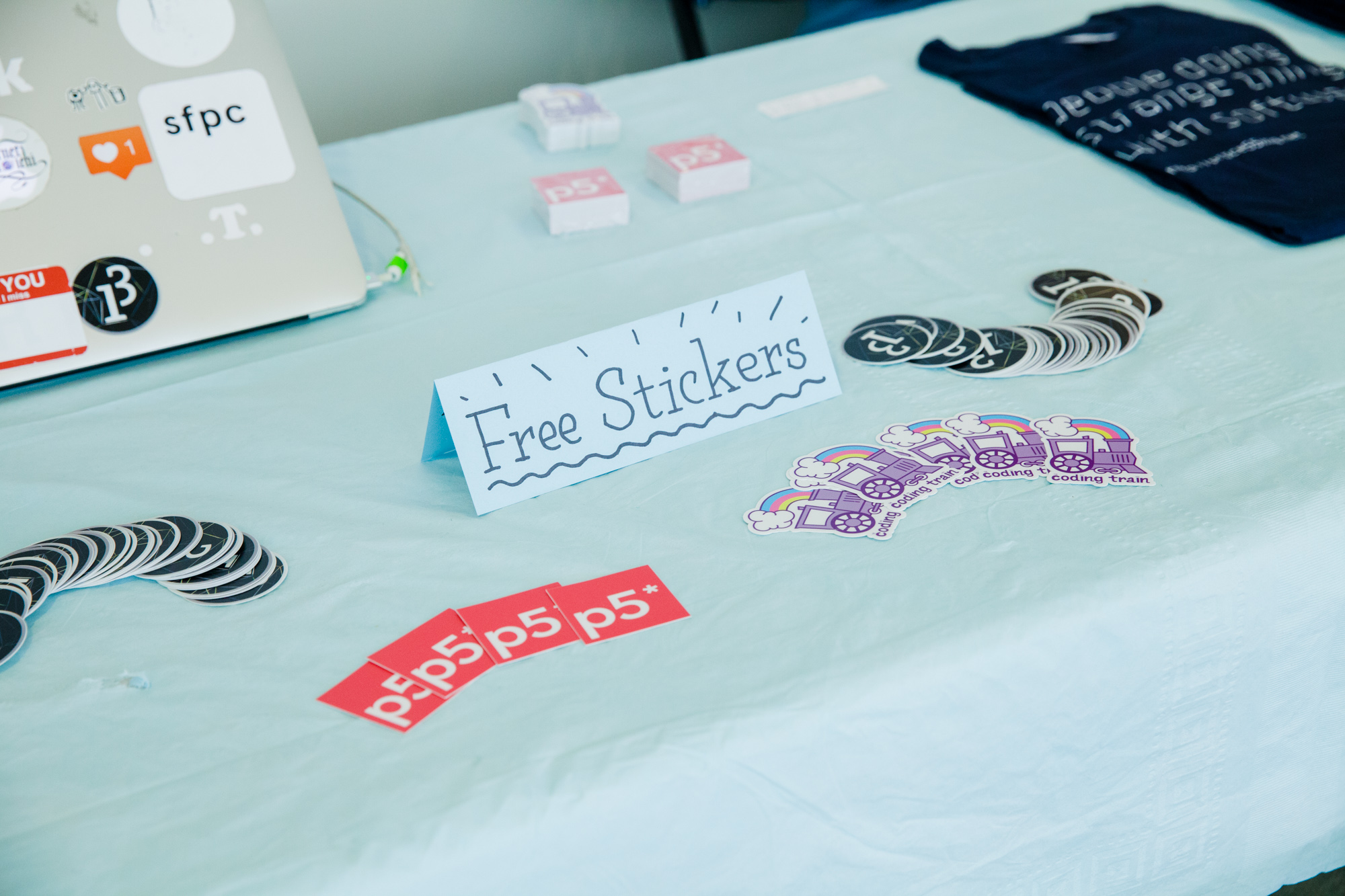
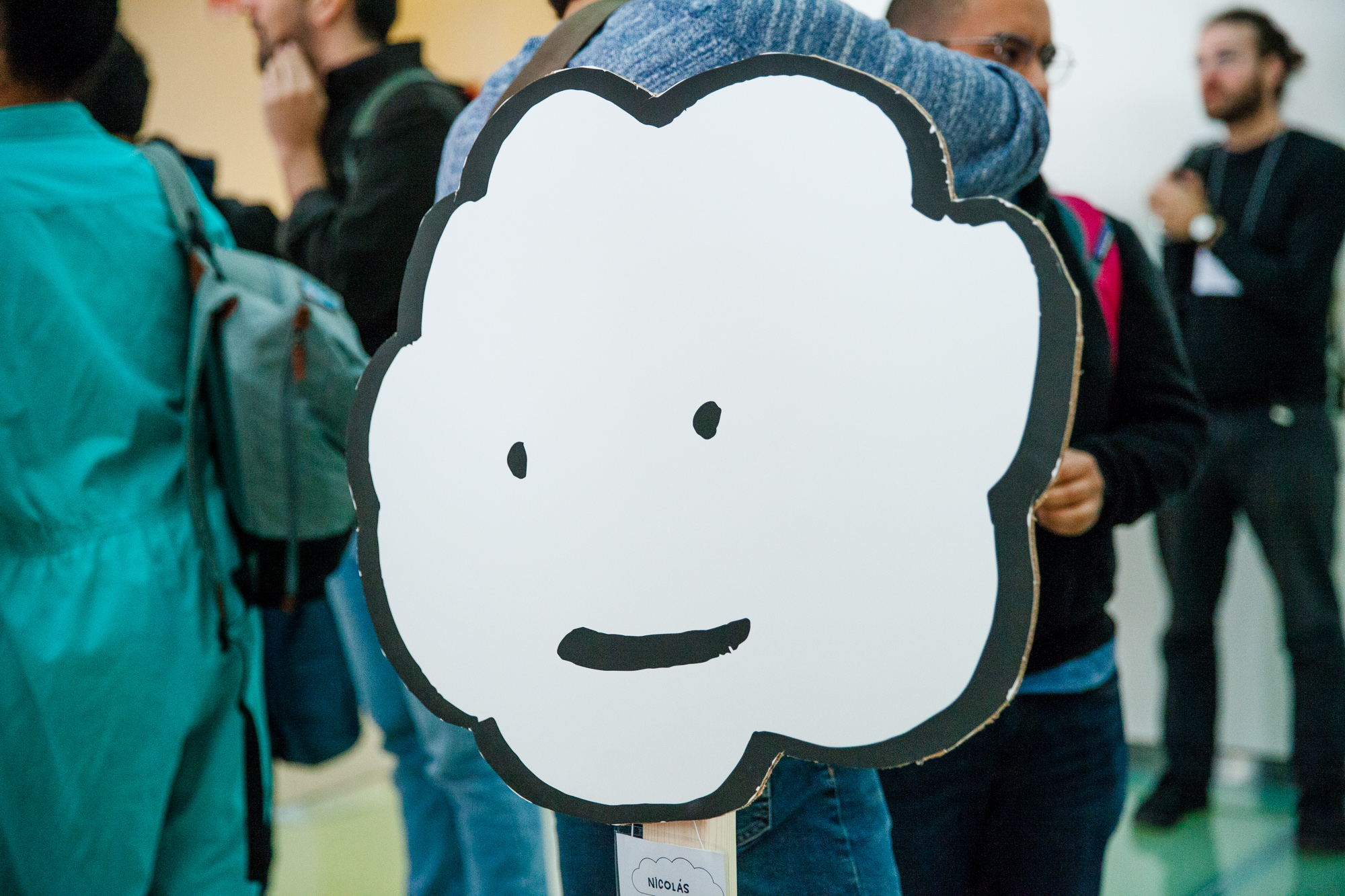
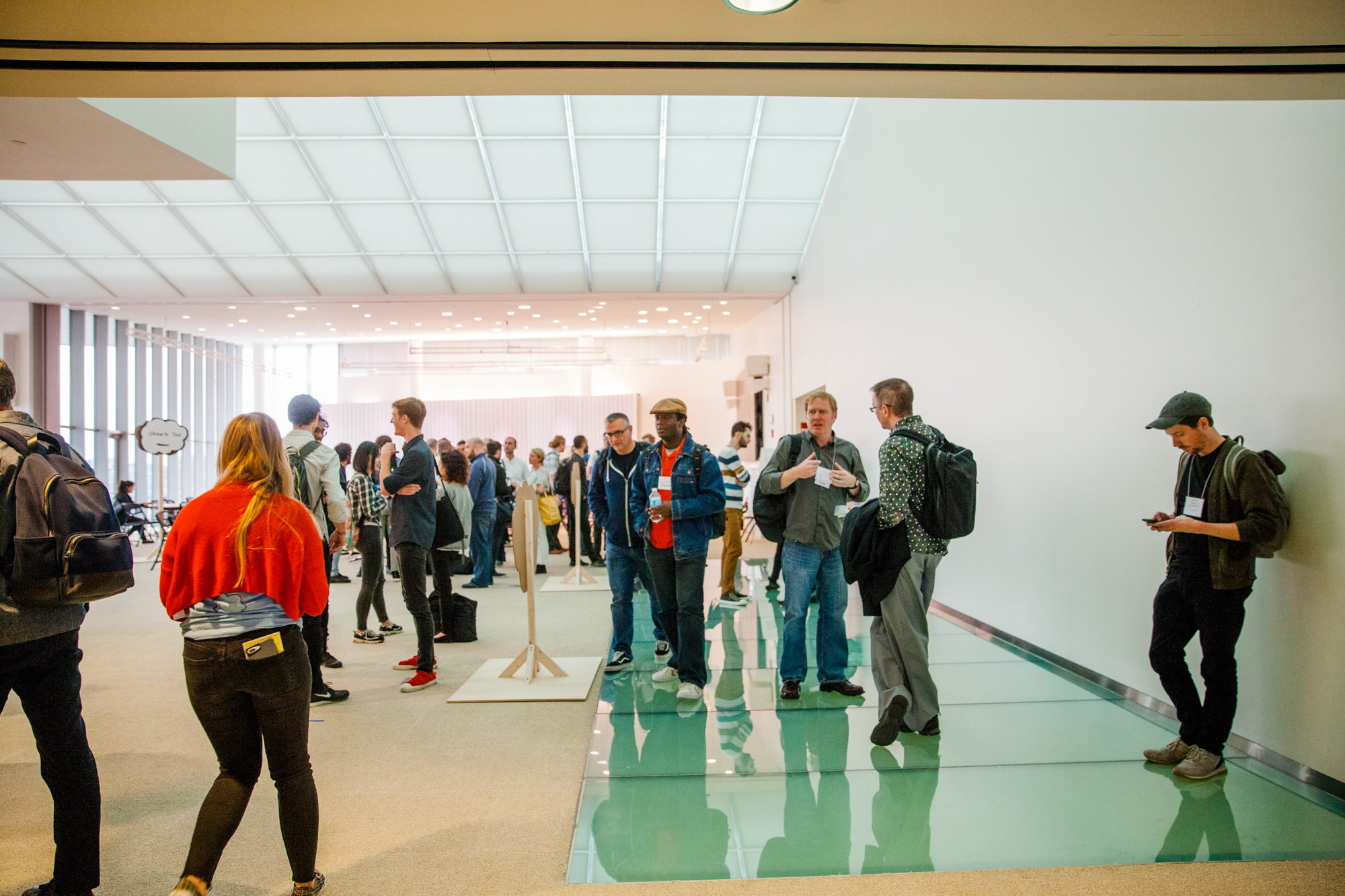
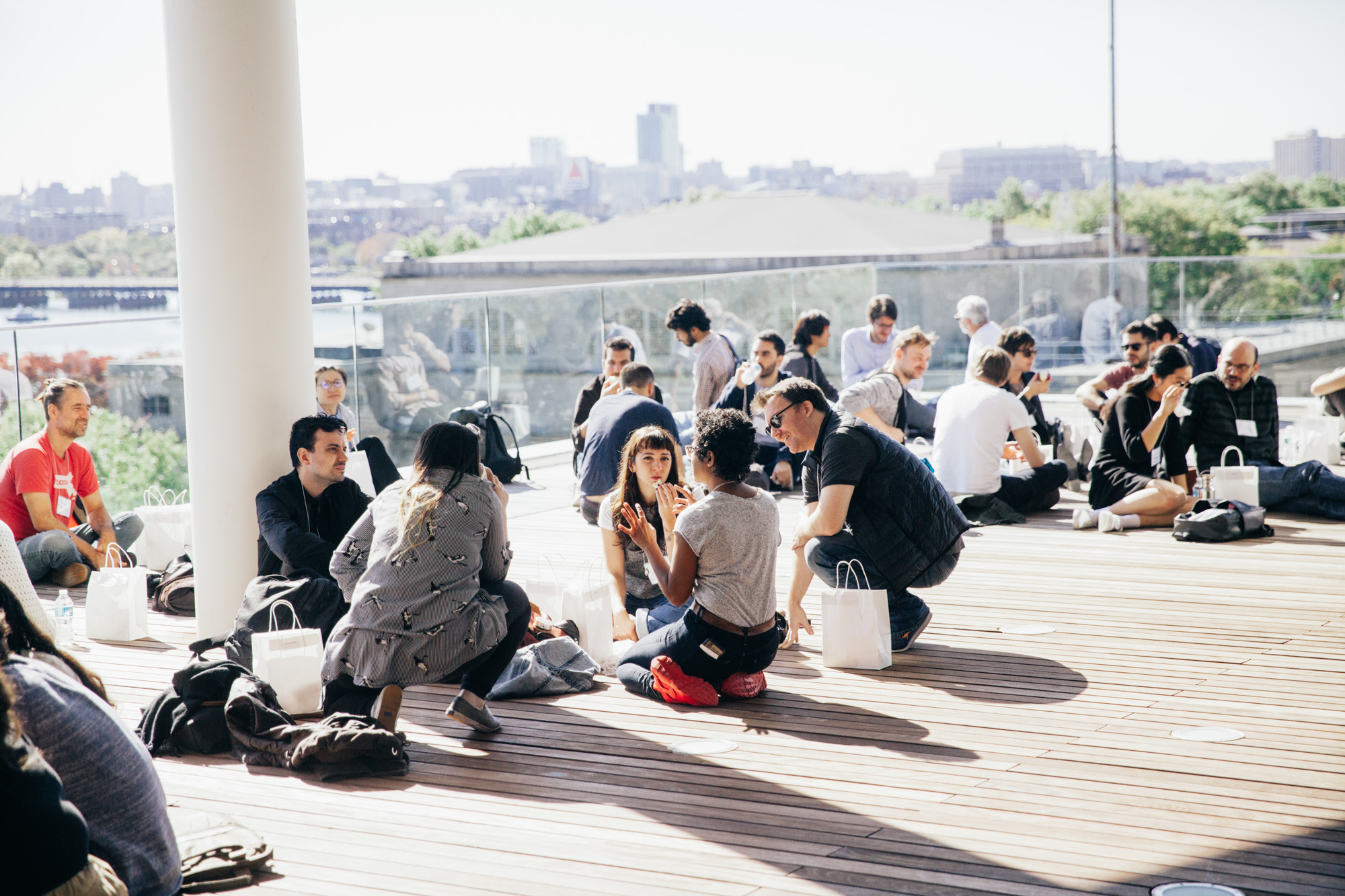
We’re thrilled to have seen many old and new faces at the first Processing Community Day, and we’re looking forward to the next one!
— Danielle and Olivia
We’d love to hear what you’re working on, what you’re curious about, and what messy data problems we can help you solve. Drop us a line at hello@fathom.info, or you can subscribe to our newsletter for updates.